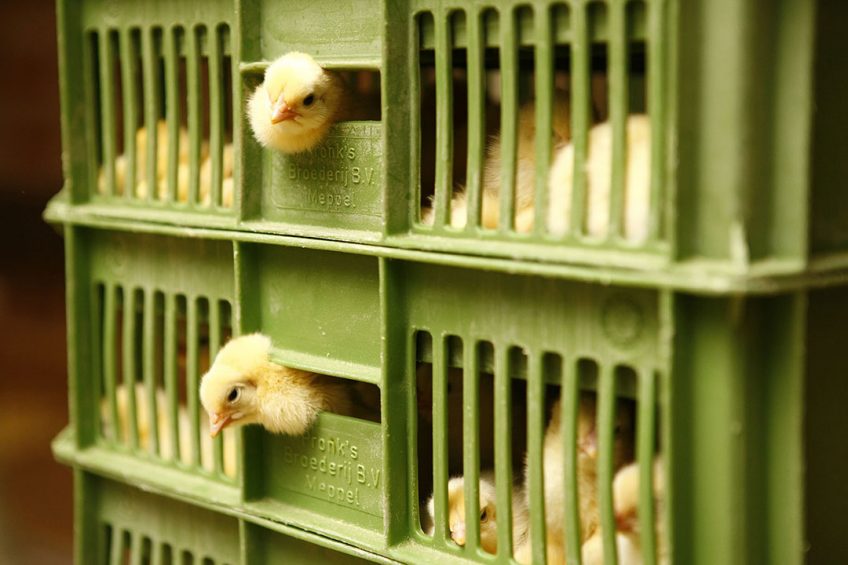EU poultry production set to rise further

Poultry production in the EU will rise by a further 2.5% this year thanks to good demand and high prices. And price levels will also favour import growth for the second half of the year by around 5%, according to the European Commission’s “Short-Term Outlook for EU Agricultural Markets in 2019 and 2020”.
The latest Commission figures show production still rising but at a lower level than last year when there was a surge of nearly 5% growth. EU poultry meat production grew by 2% year-on-year in the first quarter of 2019 and, for the full year, the Commission expects this to rise to 2.5%. This will be supported by high prices, with the strongest growth once again in eastern EU nations. Broiler prices started this year with levels below the 5 year average, but from April they have been substantially higher. Consumer consumption is expected to continue on its rising trend – up by around 0.6kg/capita to 25.4kg. And if the high producer prices of pigmeat are transferred to retail prices, this will likely shift additional consumption to poultry, the Commission argues.
Exports and imports on the rise
Commenting on the 1st half of the year, the Commission said there had been a strong export performance in the first 4 months, which had seen a 13% rise year-on-year. Around 40% of the growth had been due to increasing shipments to South Africa, despite the safeguard measure in place in the form of a $ 35 duty on bone-in cuts. However, these shipments are still well down on the record 2016 exports. Exports to the two main destinations of EU poultry also grew significantly – Ghana saw a 12% rise and now takes an 11% share of the EU export market, while there was a 16% rise in exports to the Philippines (10% share). Vietnam saw exports double.
ASF effect
Given the ASF situation in China, exports have also risen there by 2% but so far Poland is the only EU country to benefit having regained market access in November 2018. For the full year, EU poultry exports are anticipated to grow by 3%. Imports also grew strongly in the first four months (+14%), driven by rising shipments from the two main EU partners – Thailand (+11%) and Brazil (+23%). Imports from Brazil are still well below 2017 levels due to the ongoing sanitary restrictions in place. However, its exports of frozen poultry are rising, sometimes out of existing quotas, thanks to high EU breast prices.
In April, Ukraine reached a record levels in its exports to the EU under the liberalised tariff line for “other cuts”. However, a provisional agreement has been reached with Ukraine on a ceiling of 50,000 tonnes on imports under this tariff line. By the end of the year, EU imports are expected to grow by more than 5%, driven by high EU prices.








